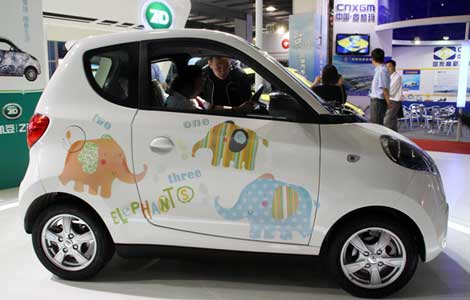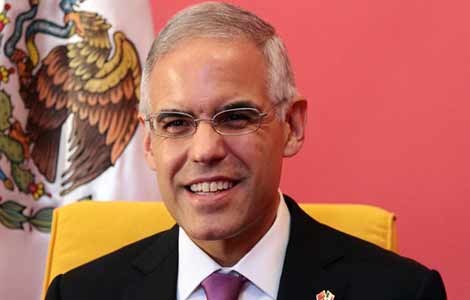The slow death of 'King Coal'
Updated: 2013-09-18 11:27
By Jiang Xueqing (China Daily)
|
||||||||
Seeking to reduce air pollution, Beijing municipal government has decided to cut coal consumption to 15 million metric tons by 2015, from 23.3 million tons in 2012, and to less than 10 million tons by 2017.
Having already transformed the energy supply of nearly 200,000 families from coal to electricity, the government plans to extend the process to a further 44,000 households.
It has also pledged to eliminate most of the coal-fired boilers in the city's downtown districts by the end of 2015.
In 2014, four major thermal gas power centers will become operational and will replace existing coal-fired units at three State-owned thermal power plants. In the period 2011-15, gas-fired units will replace industrial boilers with a steam-generation capacity of more than 20 tons per hour and coal-fired boilers in 19 national-and-city-level industrial development zones. After the changeover, all gas-fired boilers will employ low-nitrogen-emission technology.
In addition, the pace of construction of the rail transit system will be accelerated and the city will work to increase the length of the system to 660 kilometers in 2015. It expects to see approximately 52 percent of residents using public transport in the city's downtown areas by 2017.
Beijing will also try to implement a more stringent vehicle emissions standard, called China VI, in 2016, further control the excessive number of motor vehicles, and eliminate 1 million old vehicles by 2017.

 Shipwrecked Concordia lift upright
Shipwrecked Concordia lift upright
 All's fare as apps take road to upgrades
All's fare as apps take road to upgrades
 New-energy vehicle policy shifts gears
New-energy vehicle policy shifts gears
 Thirteen dead in US Navy Yard shooting
Thirteen dead in US Navy Yard shooting
 'Amazing Shanghai' on display in Big Apple
'Amazing Shanghai' on display in Big Apple
 Exporters to face more trade friction
Exporters to face more trade friction
 Watchdog bites with no favor
Watchdog bites with no favor
 Shipwrecked Concordia declared vertical off Italy
Shipwrecked Concordia declared vertical off Italy
Most Viewed
Editor's Picks

|

|

|

|

|

|
Today's Top News
Trending news across China on Sept 18
China supports US-Russia deal on Syria
EU ready for talks with China on investment pact
Fine-particle pollution climbs in August: report
Number of China's female billionaires on the rise
Gun control debate gathers little steam
Don't meddle in HK's affairs, China warns UK
Education elusive for children with disabilities
US Weekly

|

|






